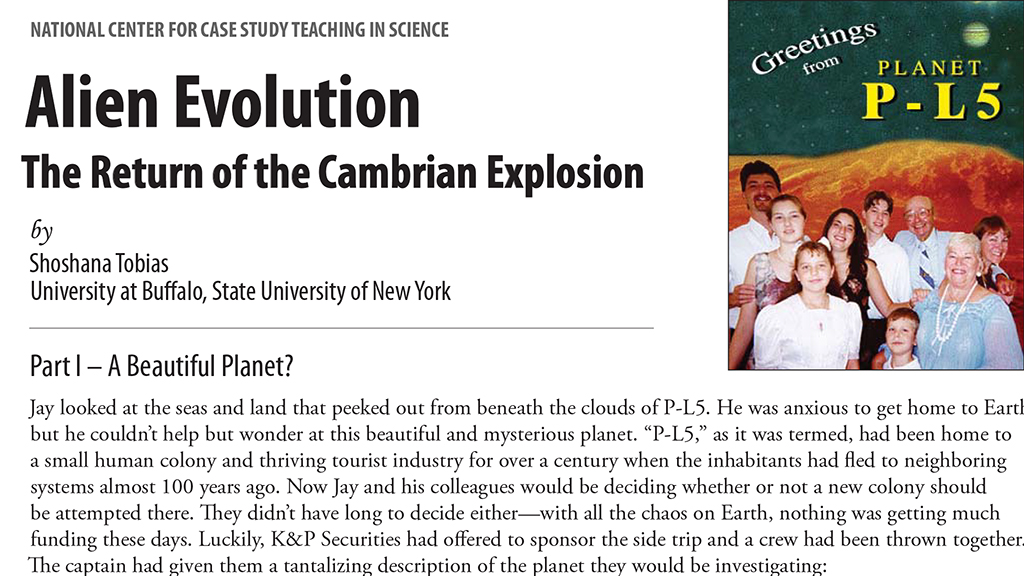Alien Evolution
The Return of the Cambrian Explosion
By Shoshana Tobias, Clyde F. Herreid

Brain Busters, Mind Games, and Science Chats
Genetics of Sesame Street<sup>TM</sup> Characters
Scope on the Skies: Exploring the Red Planet
Celebrating Cultural Diversity: Science Learning for All
College Pathways to the Science Education Standards
This one-of-a-kind book applies the Standards, written for K-12 classes, to the college level. Designed for postsecondary science content teachers, science educators, and administrators, this book shows how to implement all six areas of the Standards on campus--teaching, professional development, assessment, science content, science education programs, and science education systems.
This one-of-a-kind book applies the Standards, written for K-12 classes, to the college level. Designed for postsecondary science content teachers, science educators, and administrators, this book shows how to implement all six areas of the Standards on campus--teaching, professional development, assessment, science content, science education programs, and science education systems.


